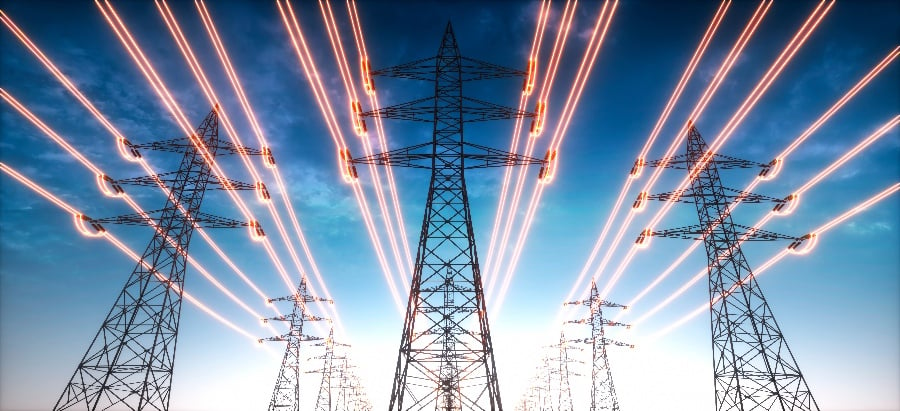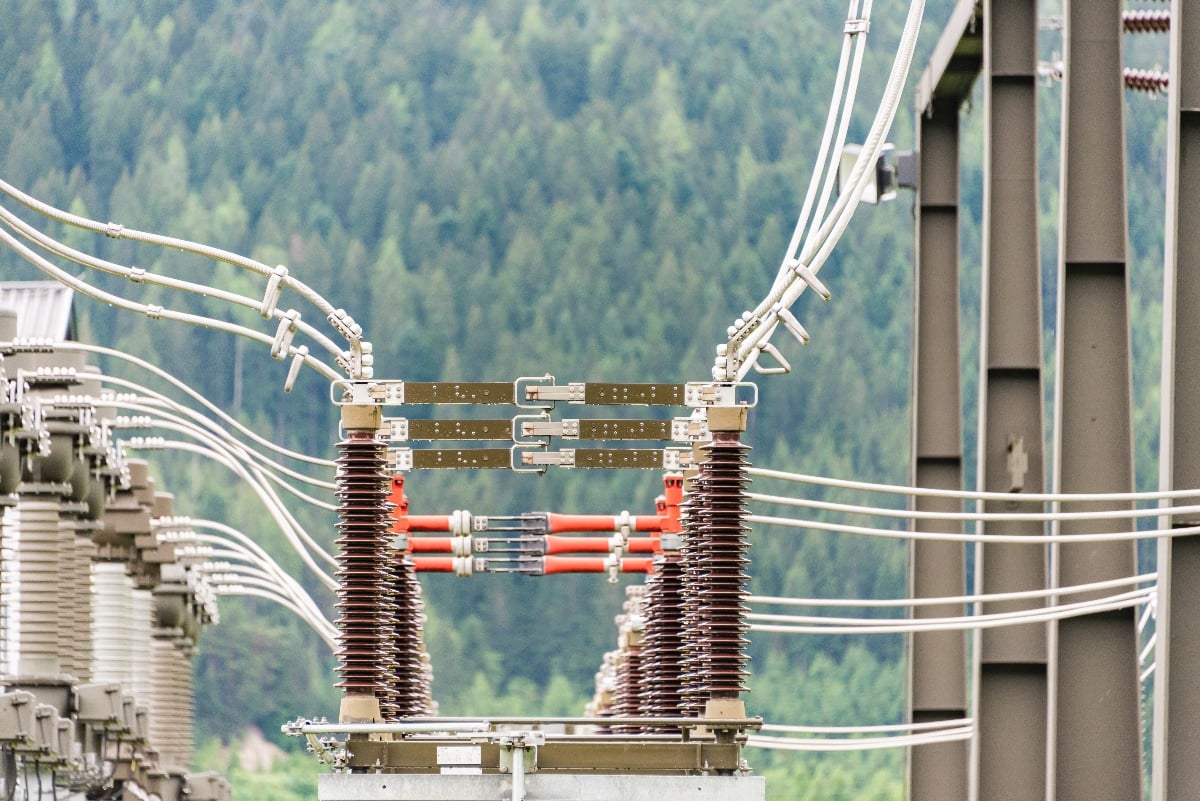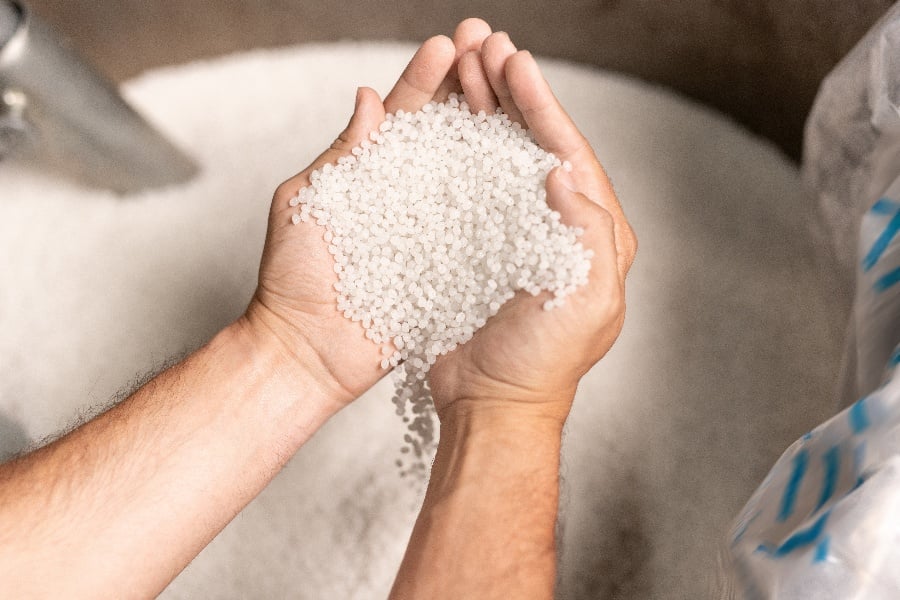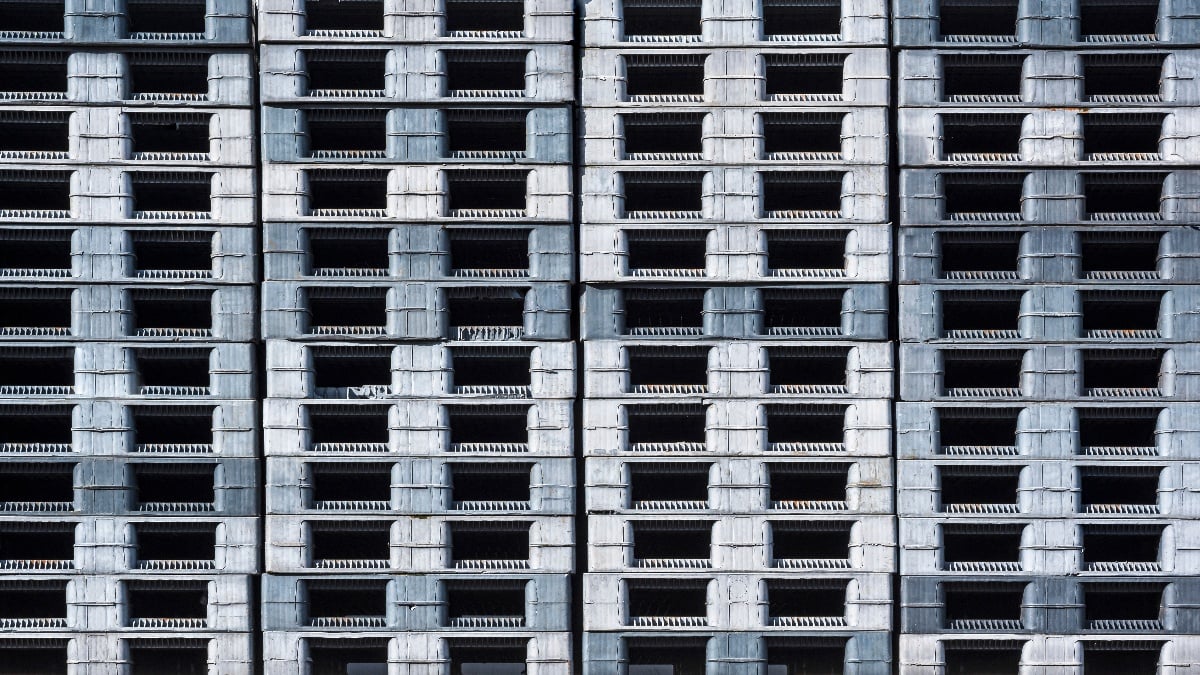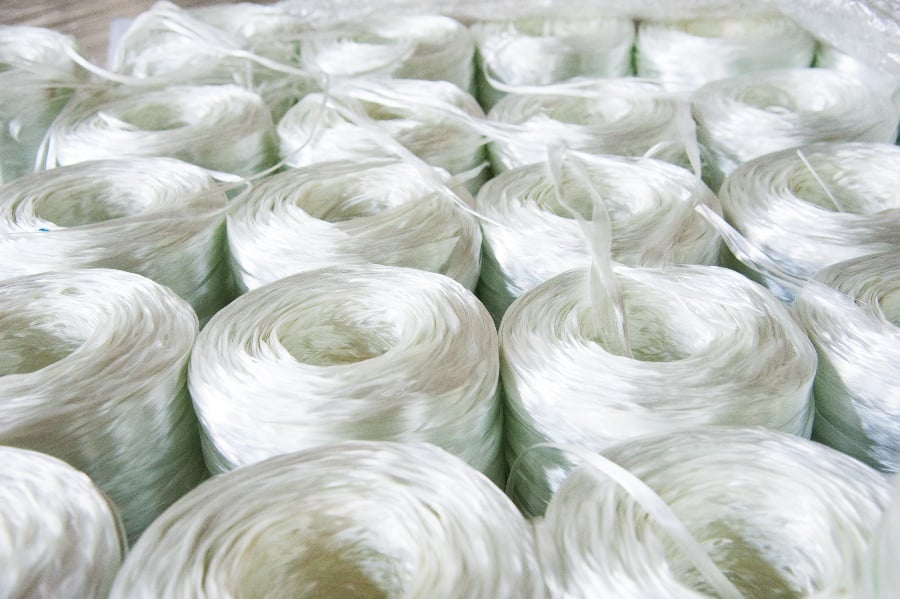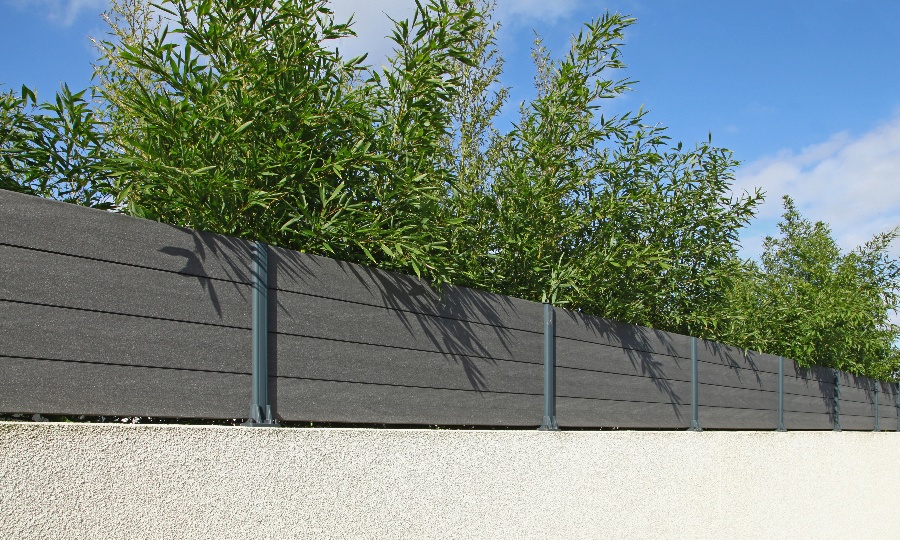
An electrical substation is a critical piece of infrastructure that plays an essential role in ensuring that the power grid can deliver electricity to homes and businesses across the country.
These structures are complex interconnected systems, including transformers, power lines, sensors, and protective equipment. They are responsible for regulating the voltage and frequency of electricity, as well as managing surges and fluctuations in supply.
In addition to providing vital backup power during outages, electrical substations also play a critical role in reducing pollution by allowing large-scale power plants to transmit energy to individual homes and buildings.
Overall, these important structures are key components of our modern energy infrastructure and play an integral role in ensuring that we always have access to the electricity necessary for powering our lives.
Electrical Substation Design
The design of electrical substations is a complex process that requires a deep understanding of the properties and capabilities of different materials. At the core of any substation are the transmission lines, which are responsible for carrying high-voltage electricity from one part of the power grid to another.
These transmission lines must be made from a material that is highly conductive and resistant to weathering, both extreme heat and cold. Additionally, these lines must also be strong enough to withstand high winds without breaking or sagging. Many substations choose to use solid steel or aluminum for their transmission lines to meet these requirements.
Beyond the transmission lines, a substation must also include other key components, such as transformers, circuit breakers, grounding equipment, and more. In order to ensure the safe and efficient operation of this critical infrastructure, it is essential that each component is designed with careful consideration and precision. Ultimately, it is up to engineers specializing in substation design to ensure that critical electricity continues flowing from one place to another.
Electrical Substation Materials
When designing electrical substations, engineers must carefully consider the materials they use. The right materials can help ensure that the substation operates efficiently and meets safety standards, while the wrong materials can lead to performance issues and potential risks.
One key consideration when choosing materials is corrosion resistance. Corrosion of metal components can cause a number of problems, including reduced conductivity, short circuits, and even fires. For this reason, it is important to choose metals with strong corrosion-resistance properties. Stainless steel is often the best choice for electrical substation design, as it is highly resistant to rust and other forms of corrosion. It also conducts electricity very well, which ensures that power flows smoothly through the system without interruptions or issues.
In addition to considering corrosion resistance when choosing materials for an electrical substation, engineers must also take durability into account. They need to choose components that will last over time and withstand harsh environmental conditions such as high temperatures or physical stress from wind or storms.
Finally, safety factors must be considered as well; in particular, it is important to select insulating materials that have high levels of fire resistance so that dangerous sparks cannot start a fire if one component fails or comes into contact with another material during normal operation. When all these considerations are taken into account, electrical substations can be designed and built using the best possible materials for efficiency and safety.
FRP for Electrical Substations
At the heart of any electrical substation lies a critical piece of equipment – the transformer. Transformers are essential for ensuring that electricity flows smoothly and efficiently from producer to consumer.
When used in an electrical substation, a transformer gets exposed to a variety of conditions, including moisture and high-voltage electrical currents. Because of these forces, most conventional materials simply aren't suitable for use in substations. However, one material stands out as a perfect candidate: FRP, or fiberglass-reinforced plastic.
High Strength-to-Weight Ratio
When it comes to constructing electrical substations, safety and reliability are of utmost importance. Due to the high voltages and intense electrical currents that are used, these facilities must be built with strong, durable materials that can withstand significant impact and stress.
At the same time, however, these substations also need to be relatively lightweight so that they don't add too much extra weight to already heavy electrical infrastructure. This is where FRP comes in; with its high strength-to-weight ratio, it is the ideal material for use in electrical substations. Thanks to its exceptional durability and low weight, this versatile material helps ensure reliable performance even in the most challenging of environments.
Electrical Conductivity
When it comes to choosing materials for electrical components such as substations, special considerations need to be taken into account. One key factor that must be considered is the material's electrical conductivity, which refers to its ability to transfer electricity. Materials with high electrical conductivity can not only be dangerous in certain situations, but they can also shorten the lifespan of important components due to overheating.
In contrast, FRP is a material with low electrical conductivity, making it highly suitable for use in substations. Not only does this make it less likely that electric shocks will occur or damage important equipment, but it also helps to ensure the long-term reliability of the system as a whole. As a result, FRP is a perfect choice for these crucial components.
Corrosion Resistance
Unlike traditional metals or plastics, FRP is renowned for its corrosion resistance and durability. Thanks to its chemical makeup, FRP is virtually impervious to moisture, preventing rusting and other forms of damage at even the most extreme temperatures and humidities.
This makes FRP the ideal material for enclosing key components inside electrical substations and protecting them against water damage as well as other environmental hazards. Furthermore, unlike metals like steel or aluminum, which can corrode when exposed to high voltages for prolonged periods of time, FRP won't be affected by electrocution or discharge currents, making it a superior choice for this important role.
In short, with its combination of strength and resilience in all types of weather conditions and environments, it's easy to see why many experts consider FRP to be a great material for use in electrical substations today and in the future.





